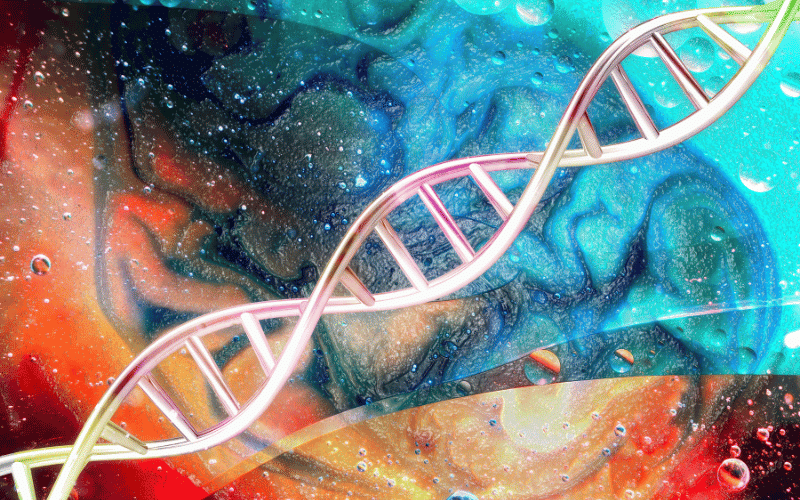2. The Genetics of HD: A Closer Look at the Inheritance Pattern

Unmasking Huntington’s disease unveils a harsh genetic reality. Every child born to a parent with Huntington’s disease inherits a 50% risk of carrying the faulty gene. A single copy of the defective gene, inherited from either parent, is enough to cause the disease, a pattern known as autosomal dominant inheritance.
The gene responsible for HD is known as HTT. The defect involves a specific kind of mutation called a trinucleotide repeat. In this, a sequence of three DNA building blocks (nucleotides) is repeated more often than normal. It’s this abnormal repetition in the HTT gene that leads to the production of an abnormally long version of the huntingtin protein.
While the exact functions of the huntingtin protein are not entirely understood, we do know that the elongated version associated with the genetic mutation is broken down into smaller, toxic fragments in the nerve cells. These fragments accumulate and interfere with the cells’ functions, leading to cell death and causing the symptoms of HD.
The number of trinucleotide repeats in the gene also has an impact on the age of onset of the disease. A higher number of repeats typically results in an earlier onset of symptoms, often even in childhood or adolescence. (2)